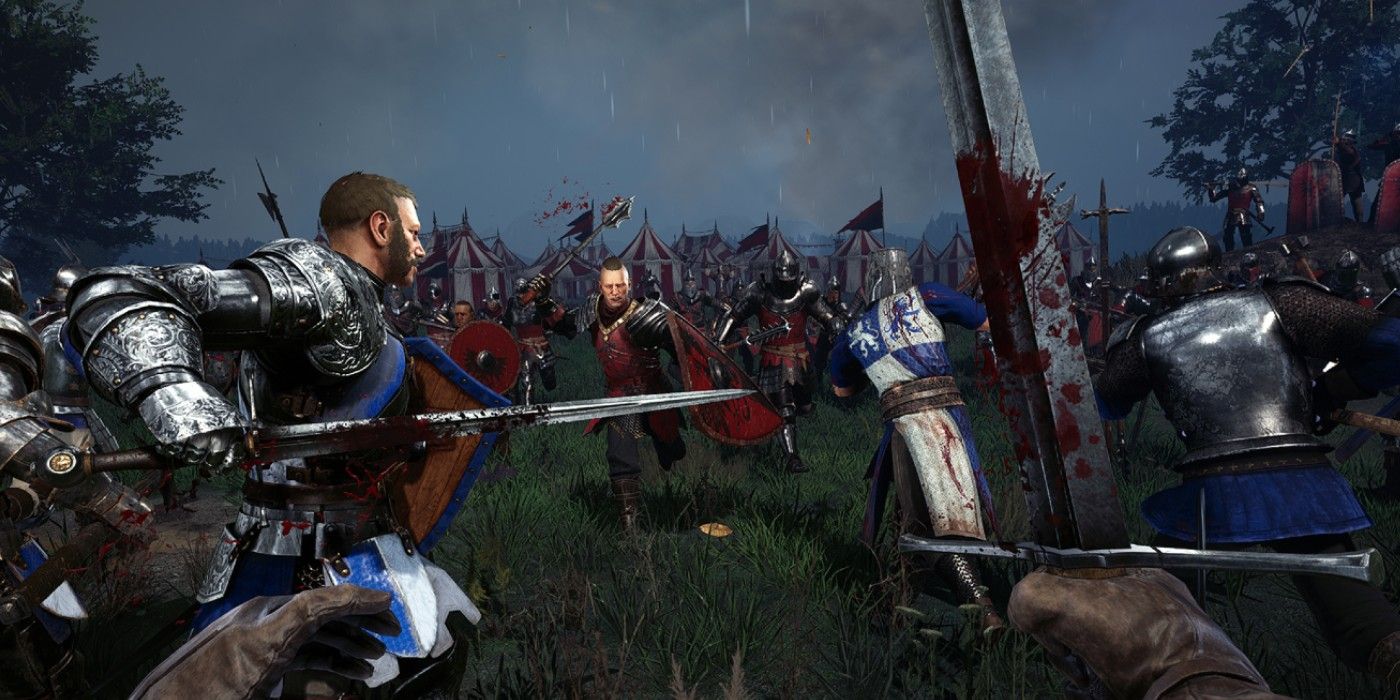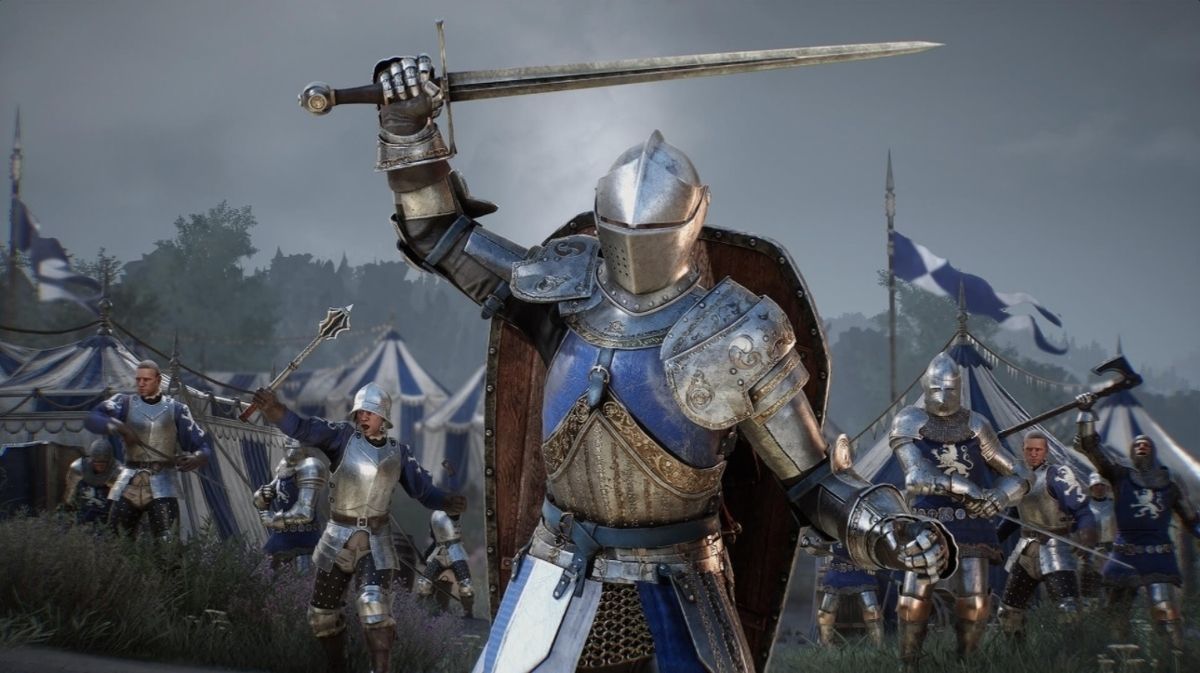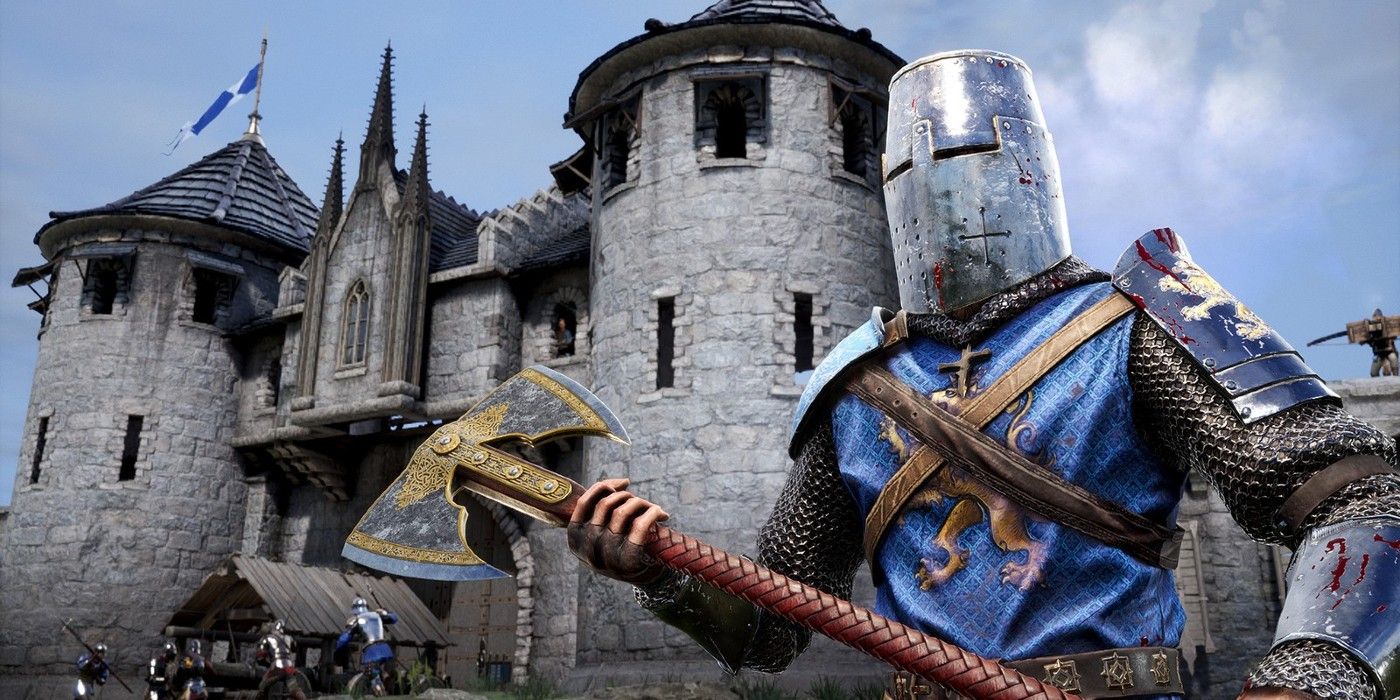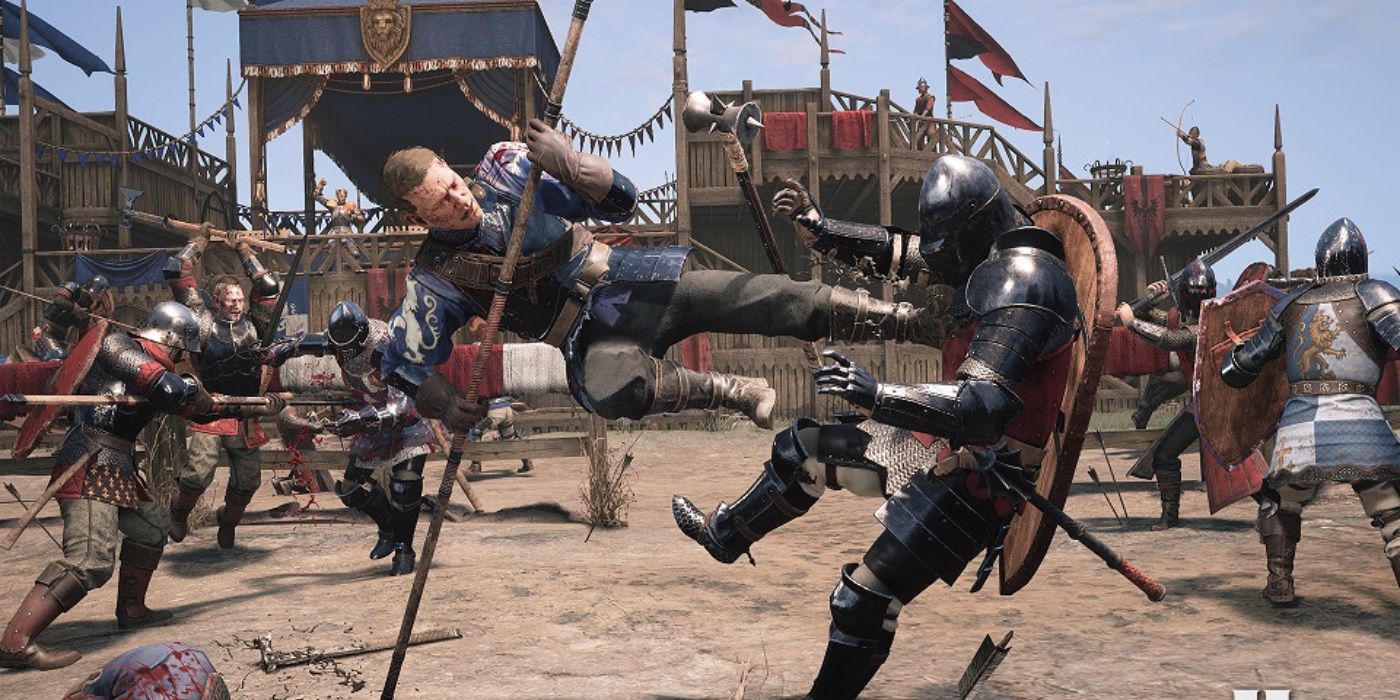Fans of the ultra-violent hack and slash Chivalry series should be excited for the launch of Chivalry II. While many were able to try the game out during the open beta, this is a challenging game with a learning curve to overcome. Those who want to raise their chances of surviving the chaotic battles that take place in the multiplayer matches should learn some strategies might just help them become true warriors of legend.
For starters, new players should complete the tutorial to get a firm grasp of the basics. This is key for being able to hold your own in a fight. While it's possible to figure out the controls on your own, that will take trial and error, making the tutorial all the more worthwhile.
What You Should Know About Chivalry 2's Classes
There are four classes to choose from in the game: Archer, Vanguard, Footman and Knight. Each one also have three subclasses, which provide further specializations for players to try. Every class has its own fighting style and place in battle, so it's best to try all of them out to figure out what matches your playstyle. Classes and subclasses also have a special ability that can offer crucial help in battle, such as a horn or banner that heals everyone on your team near you, placing a brazier for fire arrows, placing traps and defenses, or throwing fire bombs. These can only be used when fully charges, which takes time. However, these can also be charged up faster by using actions geared towards class roles makes them recharge faster.
As for the classes themselves, Knights have the most health and armor, and they can deal a lot of damage. However, their cooldown for dodging is twice as long. Their three subclasses make them surprisingly versatile, though it's best to use them as frontline infantrymen. Archers are, unsurprisingly, best at long-range play. While they are fast and nimble, they also have the lowest amount of health, making them poorly-suited for any melee combat. Archers are best in a support role at the rear of a battle, firing arrows at enemy units from afar to thin their numbers.
Footmen are similar to knights, but though they have less armor and health, with increased speed to compensate. Its subclasses make it suitable for mid-range positions, like having the longest melee range or being able to build (and easily destroy) barricades. Finally, Vanguards are akin to shock troopers. Though they have low health, they have high damage and maneuverability, meaning they can bring terror when outflanking the enemy.
Know Chivalry 2's Melee Options (And When to Use Them)
Matches can have up to 64 players at once, which can lead to scenes of entire armies crashing into each other. Most players will stand a good chance in a one-on-one fight, but facing multiple opponents at once without any backup can get all but the best players killed. Players can also switch between first-person and third-person perspective, depending on what field of view they prefer.
Melee attacks include slash, stab and overhead. Slash is best for attacking multiple opponents, stab has the best range, and overhead deals the most damage. Nearly all weapon attacks connect with an enemy in physical space, so focus less on aiming your crosshair at who you want to attack and instead use momentum to make the weapon go where you want it. The horizontal swing is best for this strategy, especially when turning the camera so that the swing hits your opponent sooner.
Kicking and tackling opponents can be a good way to break their block and provide an opportunity to deal some easy damage. However, they don't break attacks, so time them well. There is team damage in multiplayer, and while each attack is only a fraction compared to hits on enemies, one misplaced swing could result in accidentally killing an ally. Every player has can use a bandage that heals a large amount of health when wounded, but everyone only gets one -- so use it wisely.
Don't Worry TOO Much About Losing Your Weapon
Attacks can be blocked, but doing so costs stamina. If depleted, this can make you drop your weapon, leaving you defenseless. Luckily, players who have lost or thrown their weapon can pick up a new one from defeated players. Additionally, nearly everything can be used as a weapon in a fight -- and not just the weapons players start off with. Barrels and stones can be thrown, fired ballista weapons can be picked up and even the severed limbs of fallen players can serve as a weapon in a pinch.
Ultimately, it's important to remember that being an unstoppable killing machine against hordes of enemies only really matters in free-for-all matches where it's every player for themselves. Most matches are team efforts. Completing a stage in a battle objective is more important for winning than having a great kill-to-death ratio. In other words, sometimes you'll have to sacrifice for the greater good of the team.




